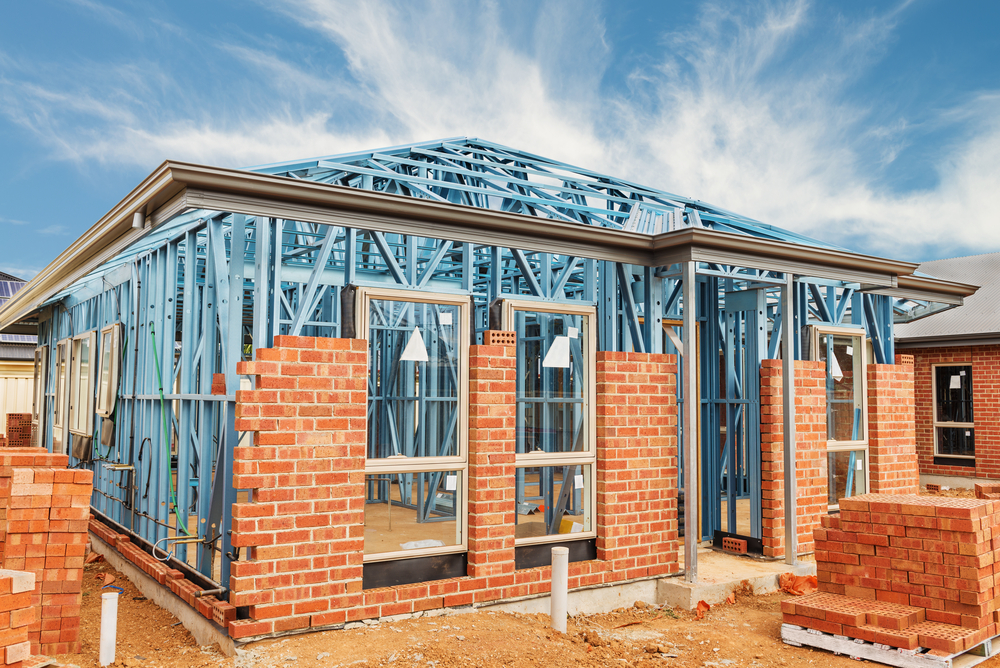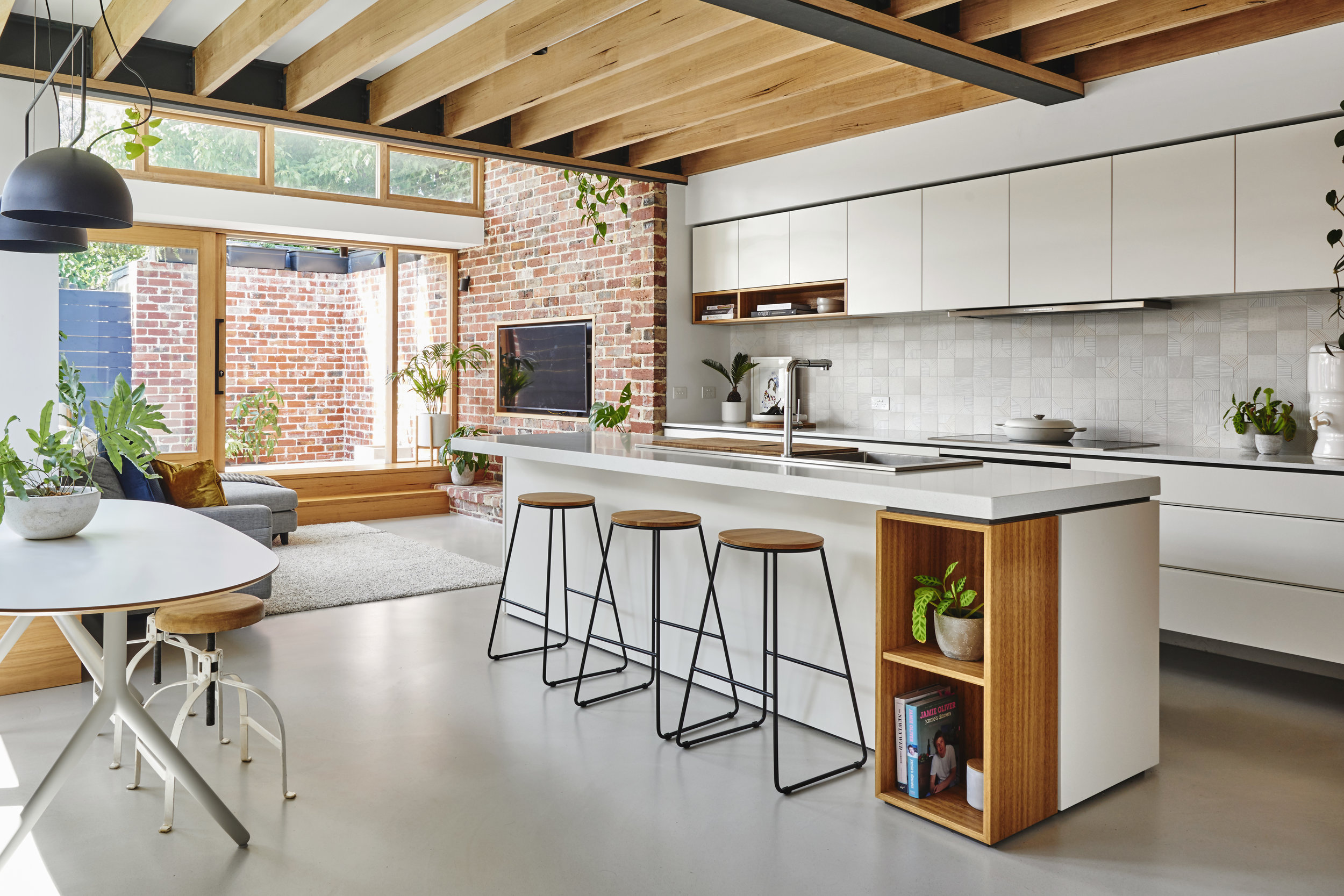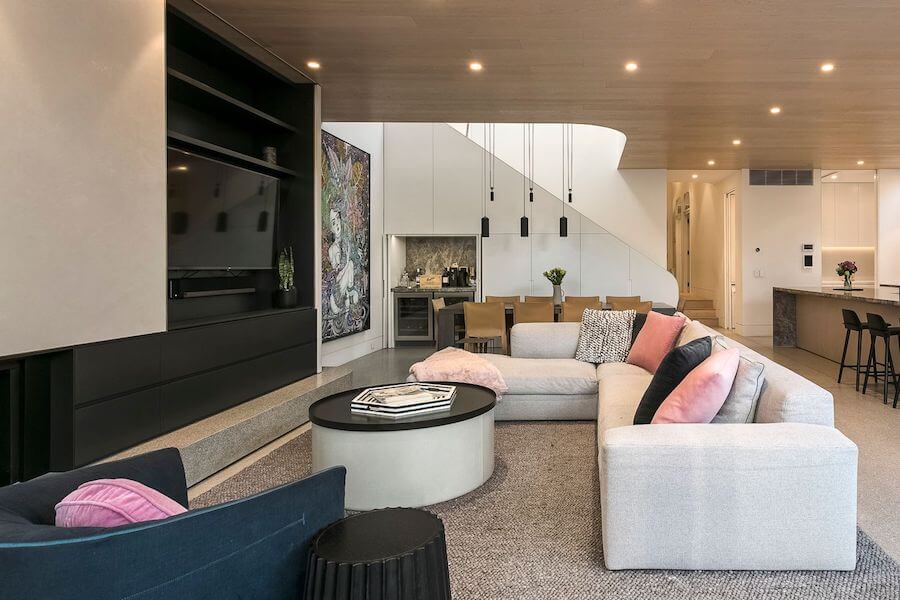With words like global warming, sustainability and climate change circulating regularly these days, homeowners are starting to find some sense into what it means to live green.
Creating sustainable homes that are healthier, more liveable and constructed using environmentally efficient materials is bigger than just a trend – it’s now a part of our daily lives and absolutely essential to reducing our impact on the world we live in.
Sustainable homes provide more than a better living opportunity. When planned and constructed effectively, they’re able to save you money on water and energy bills and continue to make your home more cost-efficient over time.
As we build new homes and renovate our existing ones, more Australians are embracing sustainable design. But building a sustainable home doesn’t have to be expensive and extravagant, you can get the best of both worlds at little to no additional costs. Here’s a few starting tips to consider.
 Brand new eco house, 36A Devon Road, Swanbourne, WA.
Brand new eco house, 36A Devon Road, Swanbourne, WA.
Topics in this article:
1. Use sustainable building materials.
When choosing the materials for your home building or renovation project, choose environmentally friendly products which utilise renewable materials. Salvaged or recycled materials such as timber aren’t just better for the environment, they also add a natural warmth to the home too. Everything in your home from kitchen countertops to the flooring can be sourced sustainably.
Check product labels carefully as claims such as ‘natural’ and ‘organic’ may only contain a small percentage of natural ingredients. Consider the toxicity levels of the materials you source as well, as this can offer biodegradable options and materials that eliminate VOCs.
2. Use sustainable building features.
Sustainable building features like green walls and facades and high performance windows can help to create a cleaner and healthier environment. Plus they offer spectacularly unique designs. Green roofs, walls and facades can boost the thermal performance of your home and reduce the need for heating and cooling. They reduce stormwater drainage and on a larger scale, enhance the urban landscape and promote fresh air.
Windows that are energy efficient can make your home more comfortable and significantly reduce your energy bills. As windows can be one of the high cost ticket items for renovating or building a home, it’s important you research into what solution is right for your needs. Other sustainable building features can include use of solar panels, use of landscaping elements and sky lights to encourage a better flow of natural light.

3. Consider waste management and minimise construction waste.
To reduce the impact of your building or home renovations on the environment, it’s imperative you consider your waste management options carefully. After building and renovating, there’ll be bricks, metal, timber, waste rubble and possible hazardous materials that will need to be cleared accordingly through sustainable skip bins by a licensed professional.
Be picky when choosing a skip provider as not everyone disposes waste to best environmental standards. Some waste management companies will take the skip bins straight the dump for disposal. Whilst others have material recovery plants specifically used to recycle as much of the waste as possible before they take whatever can’t be recycled to the dump.
You can also use and re-use building materials to cut down on costs and waste too. With up to 40 per cent of all waste coming from building sites it’s in your budget’s best interest (and the environments) to minimise as much construction waste as possible. Consider other uses for materials that are just going to go to waste. Bricks can be ideal for paving and floorboards can be recycled into shelving. By rethinking your materials you’ll be able to unleash the creative home builder in you too.
4. Insulate. insulate. insulate!
Sustainable homes need effective insulation installed to keep your property cool in summer and warm in winter. Approximately 50 per cent of your home’s energy consumption is from cooling and heating though air leaks around windows and doors. By ensuring your interior spaces are well insulated, you’ll be cutting down on those dreaded rising electricity bills too. Adding insulation to walls, floors and ceilings can make your home more sustainable.
5. Work with a ‘green’ company.
If building a green home is your goal, it’s important you are working with a company that practices environmentally friendly methods – not just uses the language. It’s important to check the credentials of the builder or contractor you are hiring to ensure they are not just familiar with the green building regulations in your location but have the certifications and sustainable training to prove it. The Housing Industry Association in Australia offer GreenSmart certification. Building companies will have the GreenSmart logo to show they are recognised as sustainable builders.
 HIA ‘s GreenSmart logo
HIA ‘s GreenSmart logo
6. Use of passive design.
Passive design works closely in line with insulation techniques to take advantage of the climate to maintain a comfortable temperature in your home. It’s one of the core elements of sustainable building and uses a number of factors to make it a ‘passive design’. Like the orientation of your home, shading, thermal mass, windows and insulation.
For effective passive design, the building envelope (combination of the roof, windows, walls and floors to insulate a home) need to be carefully designed. This helps to control the heat gain and loss and utilises mechanical ventilation to control the quality of air inside the home. Building location and physical orientation of your home are the key elements of passive design.
7. Water use and re-use.
Renovating in particular provides a great opportunity to re-engineer your plumbing to suit water usage. Water systems can be designed to capture rainwater and reuse it, for example, but the type of water system you use for your home will depend solely on your needs and the rainfall in your location.
The four types of water we generally have are:
- Mains water: Which is the clean, reliable water we use for drinking. It’s chlorinated and portable.
- Rainwater: Freshwater which can be used for washing or watering the garden.
- Greywater: Can be used in the garden, to flush toilets or wash clothes but needs to be treated.
- Blackwater: Also known as toilet water, requires chemical treatment before it can be reused.

Building a home that is green doesn’t have to be difficult, it just requires smart thinking and use of resources to make the impossible possible. Depending on your location government incentives and rebates are also in place for sustainable living which can make the process easier and being ‘green’ more friendly on the hip pocket. How green is your next home project going to be?







I definitely agree that it is important to recycle as much as possible when renovating a house. Some things like old copper wires and pipes can be sold as scrap metal, but even the concrete can be reused and should be recycled. Every little bit will help the environment.